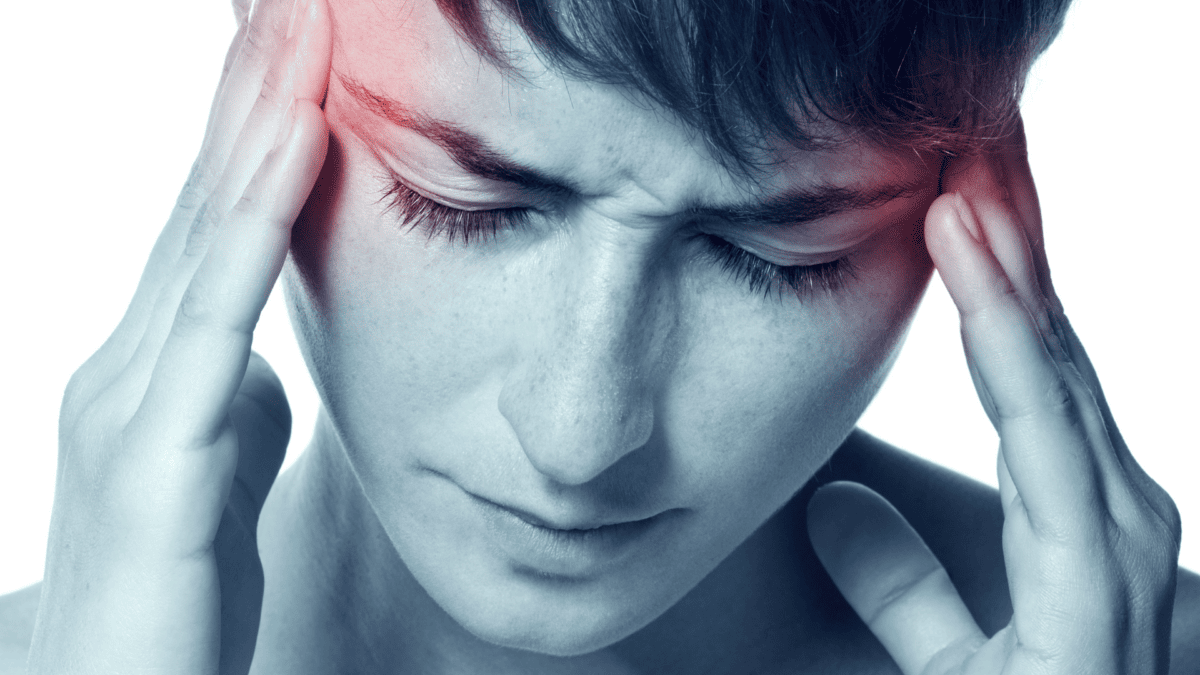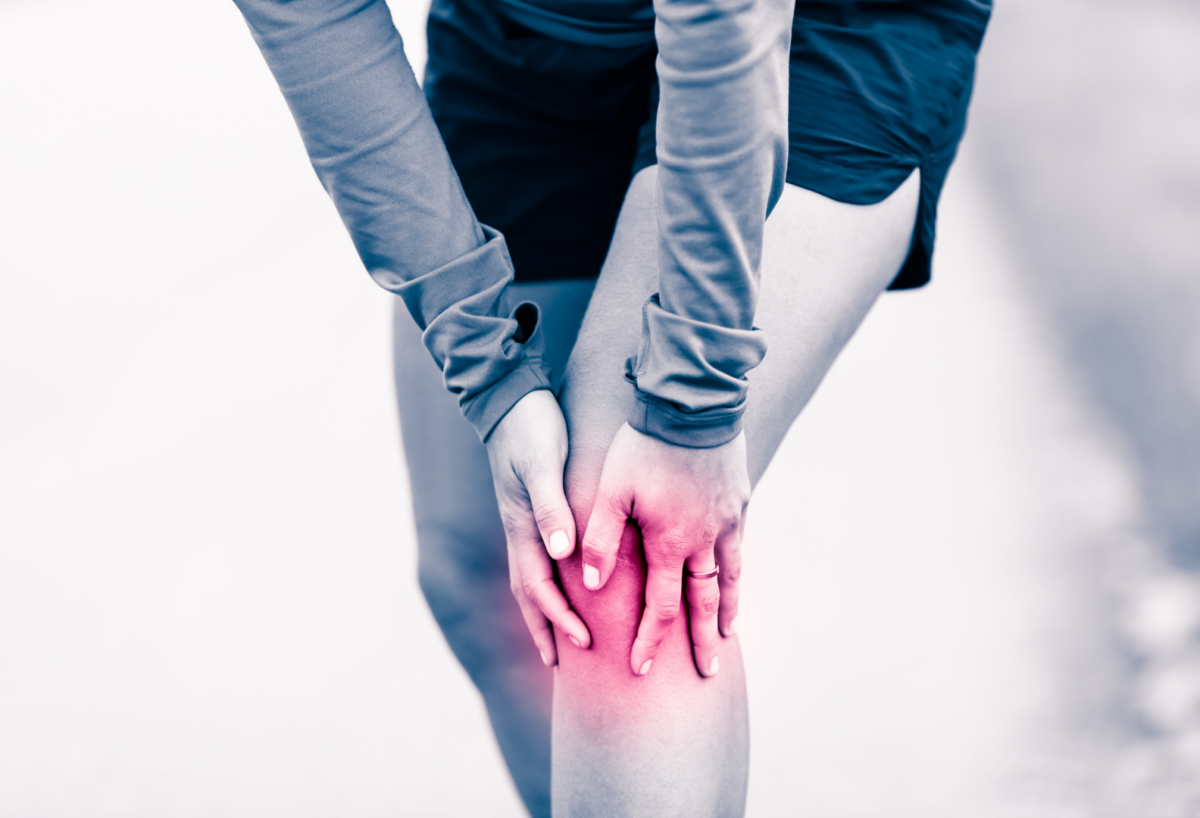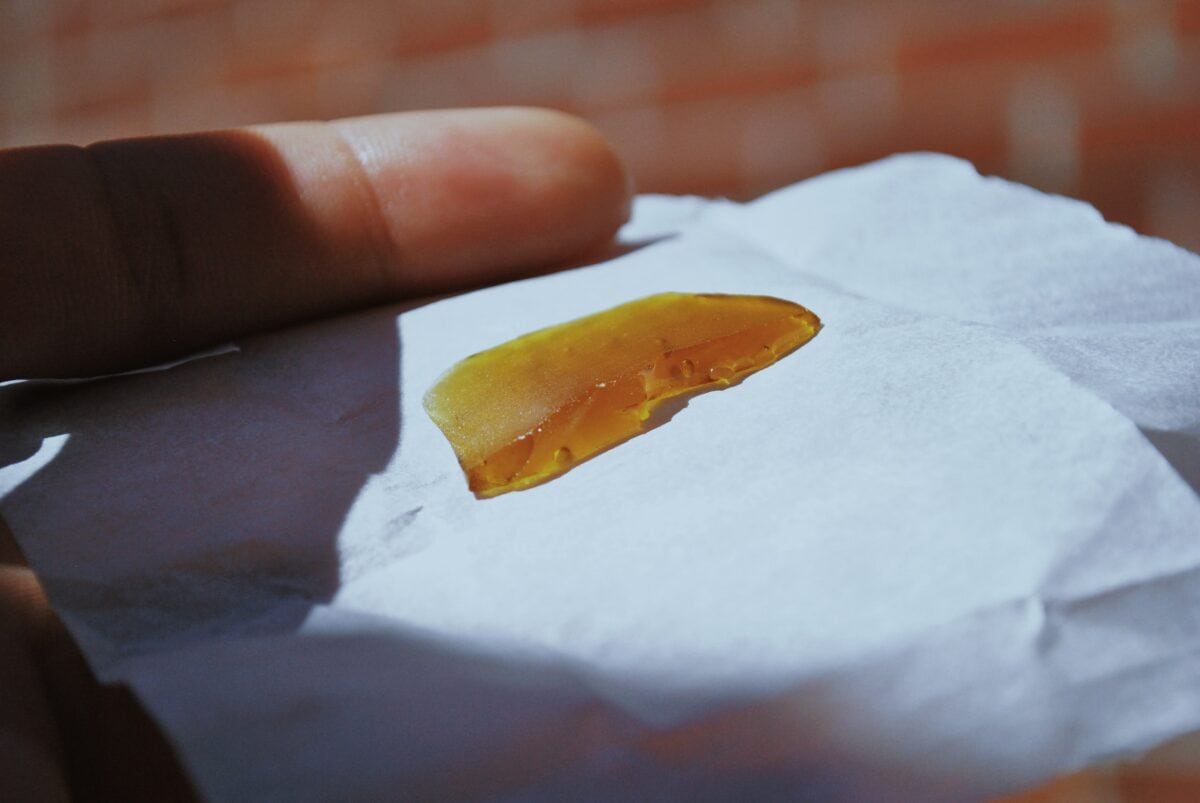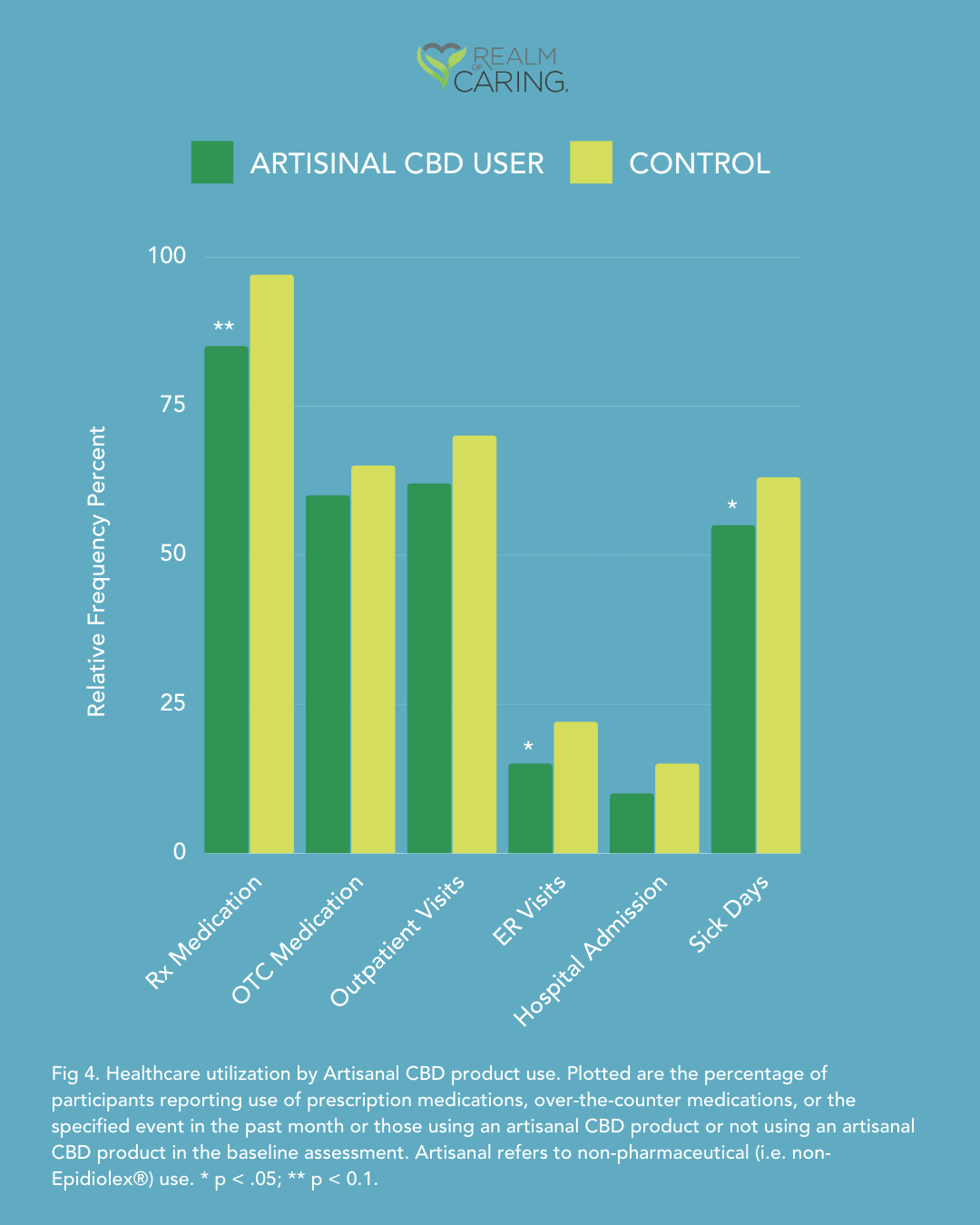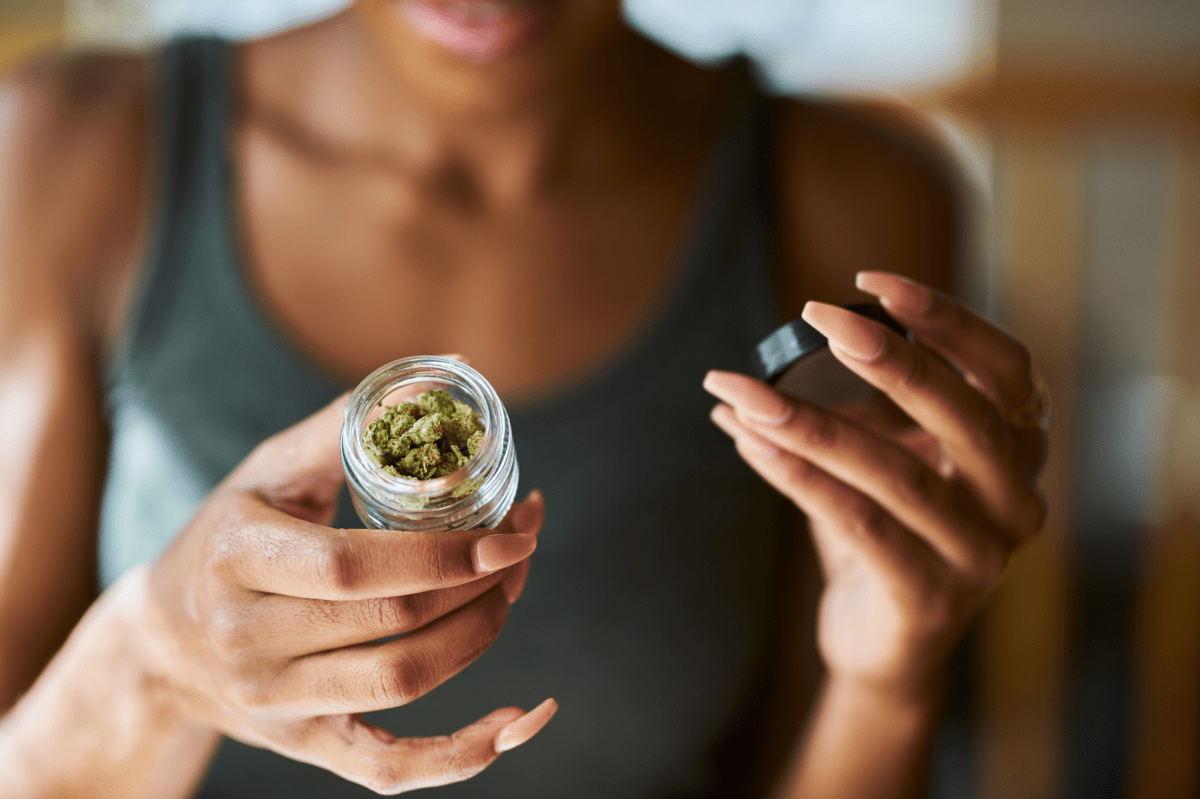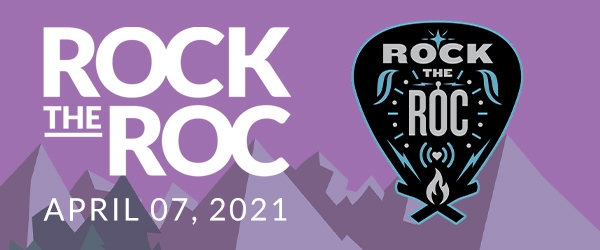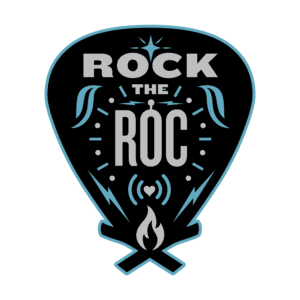Migraines impact more than 39 million men, women, and children in the United States; and are especially common in women. Symptoms include dull and throbbing head pain, piercing cluster pain, neck pain and tension, nausea, and hypersensitivity to light, sound and smells. When left untreated, headaches and migraine may lead to depression and anxiety.
The causes of migraines are not definitive, but genetics and environment may play a role. Most people with migraine will have a spontaneous attack with no identifiable cause, however common triggers may include stress, diet, alcohol, sleep patterns, changes in weather, hormonal changes, concussions, and traumatic brain injuries.
Current treatments for Migraine and Headache
There are two primary types of treatments for migraine: acute and preventative. Acute treatments include over the counter pain relievers, prescription medications, or devices to stop the pain. Preventative treatments are designed to reduce frequency, severity, and duration of attacks before they occur.
Research shows that behavioral treatment, such as stress management and biofeedback can help reduce attack frequency and severity.
Although the pathophysiology of migraine is still fairly elusive in the medical community, there is still an understanding of the main mechanisms underlying migraine attacks, such as neurogenic inflammation. Inflammatory chemicals irritate and dilate blood vessels, which leads to a release of more sensory neurons and increase of pain impulses.
The Role of the Endocannabinoid System
The endocannabinoid system (ECS) is our physiological system composed of endocannabinoids, their metabolic enzymes, and their receptors. Endocannabinoids within our central nervous system are involved in the modulation of specific brain functions. Through activation of CB1 receptors, endocannabinoids are able to control movement, memory, wake/sleep cycles, thermogenesis, appetite and pain.
Research published in 2014 suggests that CB2 receptors, especially those located outside the central nervous system, may also play a role in the perception of pain. When studied in animal models, exogenous cannabinoids induced antinociception (the action or process of blocking the detection of a painful or injurious stimulus by sensory neurons). It has been clearly demonstrated that CB1 receptors are involved in modulating pain signals, but this showed that CB2 receptors also contributed to the analgesic effect.
Endocannabinoid deficiency in head pain studies
Endocannabinoid deficiency has been hypothesized to be a reason why individuals suffer from migraines, with recent clinical studies supporting this idea. However, scientific evidence for the potential efficacy of cannabinoids in migraine is limited.
Clinical endocannabinoid deficiency was first presented in 2001 by Dr. Ethan Russo and has been further explored since then. Because endocannabinoids are involved in different physiological and pathological processes such as regulating food intake, immunomodulation, inflammation, pain, cancer, addictive behavior, seizure disorders and more; it would seem that if levels of endocannabinoids (or endocannabinoid function) were decreased in the body, then we would witness a disturbance in digestion, pain threshold, mood, sleep, and more. The greatest evidence for clinical endocannabinoid deficiency is present with PTSD, IBS, fibromyalgia, and migraines as they have common pathophysiological trends, one being that they all display elevated incidences of anxiety and depression.
Another piece of evidence seen is that, for the most part, these conditions are treatment-resistant. There may be pharmaceutical drugs available to alleviate certain associated symptoms, resulting in one taking several different medications to target the various symptoms, but not one conclusive treatment.
A study published in 2007 reported reduced levels of the endocannabinoid anandamide (AEA) in the cerebrospinal fluid of patients with chronic migraine. This showed the possibility that reduced levels of AEA (or an endocannabinoid deficiency) may be associated with increased activation of the TVS (trigeminovascular system), a common occurrence before and during migraine attacks. Theoretically, the reduction of AEA levels, and hence the reduced inhibitory effect of ECS, may contribute to facilitating and/or maintaining central sensitization in chronic head pain.
An important role for AEA in head pain is also observed in that AEA possesses a vasodilator activity and it has been identified also in endothelial cells, confirming its potential role in the modulation of the vascular system. AEA is actually classified as a true “endovanilloid” as it activates the transient receptor potential vanilloid receptor (TRPV1), an ion channel receptor primarily located on sensory nerves and activated by specific stimuli capable of initiating and amplifying pain and inflammation.
Early Cannabinoid Therapy for Migraines and Headaches
The use of cannabis in the symptomatic and prophylactic treatment dates back in research to the early 19th century. Dr. S. Mackenzie advocated the use of cannabis twice daily in 1887 for chronic daily headache. Dr. J.W. Farlow recommended cannabis suppositories in 1889 for nervous headaches. In 1915, Sir William Osler, the acknowledged father of modern medicine, proposed the treatment of migraine with Cannabis indica. The following year, Dr. Dixon, Professor of Pharmacology at the Kings’ College and the University of Cambridge, reported the therapeutic effects of smoked cannabis for headache treatment. Subsequently, the medicinal use of Cannabis indica for both acute and preventative headache treatment was advocated by many more prominent physicians through the 19th and early decades of the 20th centuries.
In the late 1990s Dr. Ethan Russo had received FDA support in conducting a study looking at the effects of smoked cannabis in the treatment of migraines. However, his study was halted by the National Institute on Drug Abuse (NIDA). He stated the following:
“My FDA-approved study on cannabis’ ability to reduce
migraine was stone-walled because NIDA holds a monopoly on
the legal supply of cannabis for research, and they refused to
provide it for my study. As a doctor and a citizen, knowing that
researchers in other countries are researching and confirming
new medical uses for cannabis all the time, such as its ability to
protect the brain after head trauma or stroke, I am dismayed by
policies that prevent us from fully utilizing the healing potential
of this plant and preventing people from using the best medicine
for their condition.”
Medicinal Cannabis and Pain
One of the most documented uses of medicinal cannabis is in the treatment of pain, particularly chronic pain, and suppression of hyperalgesia. Most published studies involve endocannabinoids, delta-9 THC, or synthetic cannabinoids. The cannabinoid-opioid interactions and “opioid-sparing effect” of cannabinoids has attracted interest in medicinal cannabis for a possible alternative to narcotics with less potential for dependence, addiction, and abuse.
Recent Studies
Both delta-9 THC and CBD have analgesic properties, although they act through different mechanisms, and the potential euphoric side effects of delta-9 THC may be a limiting factor in its use. However, given the pharmacology and reported therapeutic benefits of cannabis in pain medicine, it is logical that this benefit may extend to the arena of headache medicine, including migraines.
A case study reported a woman with medically refractory pseudotumor cerebri would smoke a cannabis cigarette about once per week when her headache disorder became severe. She would have complete resolution of her headache within 5 minutes and it would not recur that day.
Other studies suggest that cannabinoids may reduce intracranial pressure in traumatic brain injuries (TBI’s) as well as intraocular eye pressure in glaucoma.
A case study involving one male reported that smoking cannabis at the onset of cluster headache attack would consistently give complete headache relief. He eventually replaced smoked cannabis with ingestibles, finding the onset time was a few minutes delayed but provided the same relief. Oral administration is associated with slower onset of action and longer duration of action and effects.
A prospective clinical trial published in 2020 focused on 68 patients who smoked or vaped medical cannabis. The study focused on the associations between phytocannabinoid treatment and migraine frequency reporting better migraine symptom reduction, less negative headache impact, better sleep quality, and decreased medication consumption. Studies have also shown improvements in nausea and vomiting associated with migraines; but also shown to have unpredictable effects due to psychotropic nature.
A 2021 published study looked at a survey provided to 50 medical cannabis users. It showed that hybrid strains of cannabis of high THC/THCA, low CBD/CBDA strains and those with predominant terpenes b-caryophyllene, and myrcene, were most preferred in headache and migraine groups. It also showed that THC:CBD ratios had a 40% improvement and was potentially best used for acute attacks.
Research Limitations
While studies have shown improvements in pain as well as nausea and vomiting associated with migraines, limitations exist that prevent a quality analysis. This is why participation in research for the benefit of cannabinoid therapy in specific ailments, such as headaches and migraines, is critical to move science and access forward. If you or someone you know would be interested in joining Realm of Caring’s Observational Research Registry in collaboration with Johns Hopkins University School of Medicine, join today!
With all of the information and misinformation available, it is easy to become overwhelmed when beginning cannabinoid therapy. Our trained care specialists are here to help with free support. Set up an appointment, email, or chat with us today for help in getting started, calculating a dose, or finding a quality product. We are always happy to help answer your questions.


